A check valve, also known as a non-return valve or a check valve, is a type of valve used to prevent fluid from flowing in a particular direction.
How check valves work
They are usually installed at pump outlets, pipelines, or equipment inlets to prevent fluid from flowing back. The working principle of check valves can be understood through the following steps:
1, closed state: when the check valve is completely closed, the fluid is blocked on both sides of the valve, forming a static isolation area. This prevents the fluid from flowing between the upstream and downstream sides of the valve.
2, open state: when the fluid flows from the downstream to the upstream of the check valve, due to the pressure difference of the fluid, the check valve will automatically open. At this point, the spool is pressurised and pushed away from the seat, allowing fluid to pass through.
3、Return state: When the fluid flows from the upstream to the downstream of the check valve, due to the pressure difference of the fluid, the spool will automatically close. At this time, the spool is subject to the role of upstream pressure, the valve seat closely pressed together to prevent the fluid from flowing back.
In short, the working principle of the check valve mainly depends on the pressure difference of the fluid. When the fluid flows from the downstream to the upstream of the check valve, due to the pressure difference, the spool will be automatically pushed open, allowing the fluid to pass.
When fluid flows from upstream to downstream, the spool is automatically closed due to the same pressure difference, preventing the fluid from flowing back. This automatic opening and closing feature makes check valves very useful in a variety of application scenarios, such as preventing backflow of gases or liquids, preventing pump reversal, and so on.
Classification and Structure of Check Valves
According to the spool structure, check valves can be divided into two structural forms: ball valves and cone valves.
1, the ball valve structure is simple, easy to manufacture, but there is no guiding, sealing is poor, generally rarely used;
2, cone valve process requirements, but good sealing, engineering check valve used in the cone valve structure. Check valve according to the inlet and outlet direction is the same there are two types of straight through and right-angle structure.
Picture
The valve is mainly composed of spool, body, seat, spring and other structures. When P1 is fed with oil, the pressure oil overcomes the spring force to push open the valve spool and make the check valve conductive; when P2 is fed with oil, the liquid pressure and spring force press the valve spool on the valve seat, and at this time, the oil is in cut-off state. Straight-through check valve structure is simple, small size, but easy to have noise and vibration, and inconvenient to replace the spring. The right-angle check valve in the figure below effectively reduces vibration, and it is easier to replace the spring.
Application of Check Valves
Usually the requirements for check valves are: small opening pressure, good sealing in the reverse direction, small forward flow resistance, and sensitive action.
Check valves are used in applications that do not allow backflow of oil:
1, used for hydraulic pump outlet, to prevent the system pressure is too high to make the oil flow backward and damage the hydraulic pump;
2, isolate the oil circuit unnecessary contact;
3、Using its good sealing to achieve the function of pressure preservation;
4, with other components to form a composite valve to use, such as one-way throttle valve, one-way sequence valve;
5、Use a larger stiffness of the spring, used as a back pressure valve.
